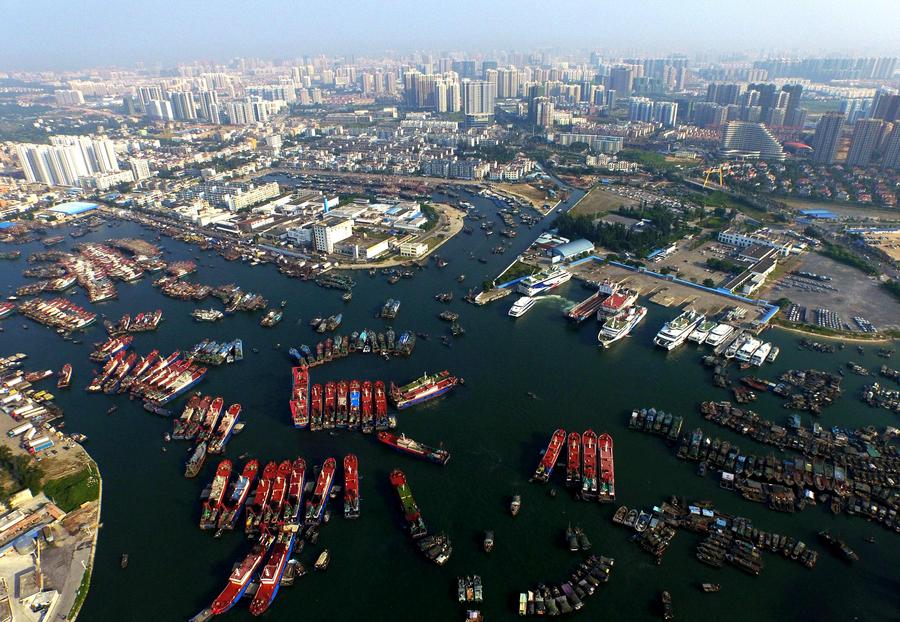China's Growing Dominance: Maritime Silk Route And Its Futuristic impact
NEW DELHI: Quite soon, the world’s ocean reserves would be tapped by China through its Maritime Silk Route. This is causing ample uneasiness for both US and India, and Europe is not left behind.
Almost 6,000 km long Yangtze River, that starts from the sparsely populated region of Tibet, curvaceously flows towards the plains in the east and eventually drains into the Pacific Ocean. Just before it drains, it forms a small waterway called Huangpu, popularly known as the Shanghai River.
Ships carrying freighters, ore, coal and cement as well as loose cargo follow Yangtze’s flow unto waterway Huangpu, when finally they set advent into a new vista. The financial district of Pudong is located at the left, colossal towers of Bund towards the right and the world famous waterfront promenade of Shanghai in the front.
56-year-old Yan Jung resides in one such sky-touching towers. He works for the Port of Shanghai. He loves to take his well-suited guests to the top floor, where the conference room of Shanghai International Port Group is located. The conference room is spectacular for its craftsmanship, finesse and enamoring texture.
If the naval and trading powerhouse of China had only one command centre, it would definitely have been located here. And definitely, Jung would have been the very captain. He says that Shanghai is the head of the dragon while the Yangtze River and the commercial centers are its two wings. Well, his pride is genuine. No other port delivers such abundant products anywhere in the world. On an average, it exceeds 2 trillion every year.
The maritime silk route is not an ambiguous decision but a well sorted out plan by the leadership. Chinese President Xi Jinping had made the announcement three years ago that China would not only establish a Silk Route which existed in history, crossing West Asia, Central Asia and Europe but its footprints would also be seen on the maritime routes. China is ready to build this maritime route, which would be inter-connected with naval ports, trains and canals.
But there are certain challenges as well. To start with, there are many countries, especially in Europe, which would be falling in the maritime silk route. Even the respective size of their market is different. Though, the borders of Central Asia might be sparsely populated by countries along Indian Ocean are far too many. China recently bought a port in Panama and is now looking forward to new purchases in Australia.
Secondly, leaving Croatia and Kazakhstan, China has been heavily pumping in money in the other countries, especially in terms of the construction projects. Be it in Malaysia or Belgium, numerous construction projects are underway.
Thirdly and most importantly, Russia and Central Asia have been keenly observing this growing escalation quite silently but this has not come into the notice of United States and India, which can be bothersome in the future.
Three years ago, the Chinese President had chosen to disclose about the maritime silk route in Indonesia, where Barack Obama himself has grown up and sadly, he was unable to come for the subsequent meetings due to a sudden budget crisis in US.
The world can no longer ignore that China has prospered quite a lot. Its manufacturing capacity has increased manifolds. Now it’s looking for new markets, where it can export the goods it does not need. The International economy is definitely going to change and the power of China would grow indomitable if not checked early.
(Cover photo: View of the port in Beihai city, Southwest China).





